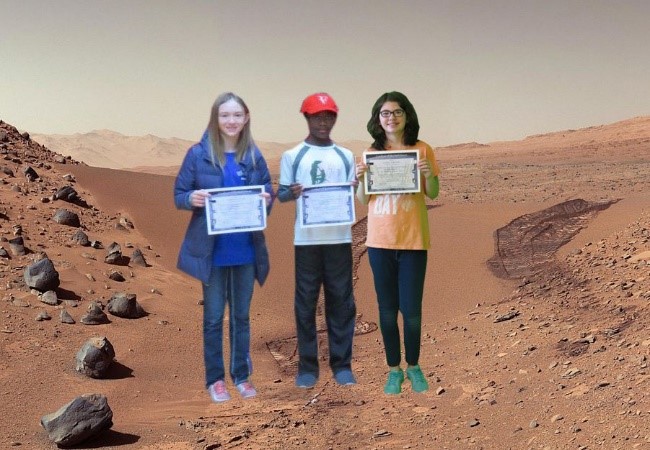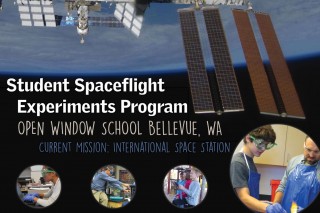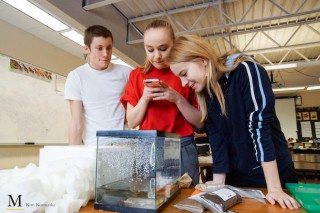An experiment developed by a team of students at Open Window School to test the effects of microgravity on the growth of Arabidopsis in Martian soil simulant will be conducted aboard the International Space Station later next year. The findings could help to better understand how to grow plants in a future human colony on Mars.
Fifty student teams of 4th through 8th graders worked this fall on proposals for microgravity experiments to be conducted by astronauts on the International Space Station (ISS). The student proposals were reviewed by a local Step 1 Review Board of researchers and master STEM educators who selected 3 finalist proposals to submit to the National Center for Earth and Space Science Education. NCESSE convened a Step 2 Review Board – a national team of researchers and STEM educators – to select the flight experiment for our community.
The winning proposal, “Arabidopsis Germination in Martian Soil Simulant,” tests the effects of microgravity on the growth of Arabidopsis (a small flowering plant) in simulated Martian soil. The experiment was proposed by three 7th grade team members, Subi Lumala, Vivienne Rutherford and Catherine Whitmer whose experiment is one of 21 selected experiment proposals from students in the U.S. and Canada to fly on Mission 9 to the ISS in spring/summer of 2016 as part of the Student Spaceflight Experiments Program (SSEP).
“We developed this proposal so that colonists would have starter seedlings for both fresh food and for science experiments. Arabidopsis is very hardy and there is a lot of knowledge about the plant in the scientific community,” said student scientists Rutherford and Whitmer. The experiment must be specially designed to work within the constraints of a Fluids Mixing Enclosure (FME) research mini-laboratory and pass a NASA Flight Safety Review. SSEP is undertaken by the National Center for Earth and Space Science Education (NCESSE) in partnership with NanoRacks, LLC.



